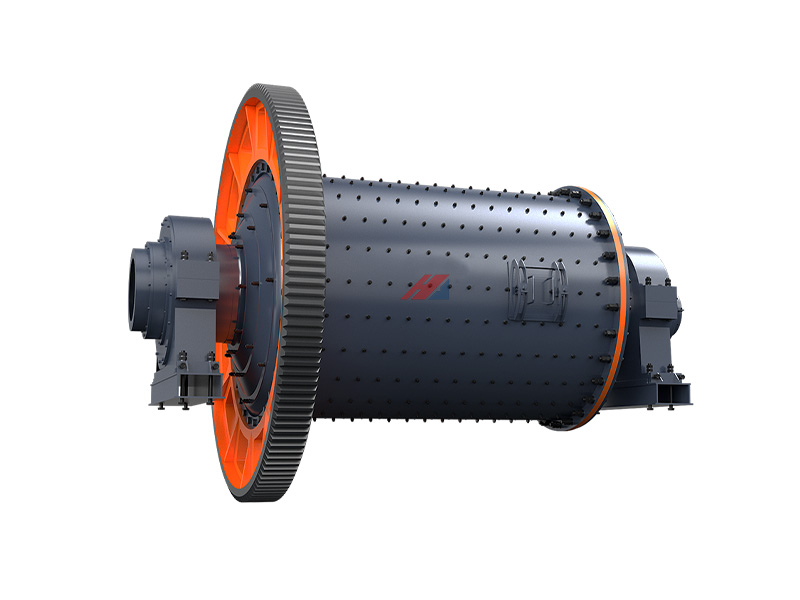Ball mills are commonly used in ore grinding production lines. Proper operation is crucial for the efficiency and longevity of these machines. Here are some principles to follow when starting and stopping ball mills:
- Pre-Startup Inspection: Before starting the ball mill, perform a comprehensive and detailed inspection of the mill and its associated equipment to eliminate any faults that may affect operation.
- Startup Sequence: Start the equipment in sequence according to the flow of material, from the back to the front, i.e., oil pump → classifier → ball mill → belt conveyor → feeder. Simultaneous startup of multiple devices is prohibited. For planned shutdowns, the sequence should be from the front to the back, i.e., feeder → belt conveyor → ball mill → classifier → oil pump.
- Starting Intervals: There should be a certain interval between starting each piece of equipment. Only feed material after all equipment has started and is operating normally. For instance, start the oil pump first, then the ball mill, and begin feeding only after the ball mill has been running for 2-3 minutes.
- Extended Shutdowns: If the ball mill will be stopped for more than 4 hours, perform 2-3 manual rotations before restarting to loosen any settled slurry and media.
- Normal Shutdown: For planned shutdowns, do so under no-load conditions and try to empty the equipment of material as much as possible. For example, the ball mill should be stopped 15-20 minutes after the feeding has ceased to prepare it for the next startup.
- Operational Time Without Feed: It is important to minimize the operating time of the mill without material to avoid excessive consumption of steel balls and damage to the lining plates. Generally, this time should be less than 20 minutes.





